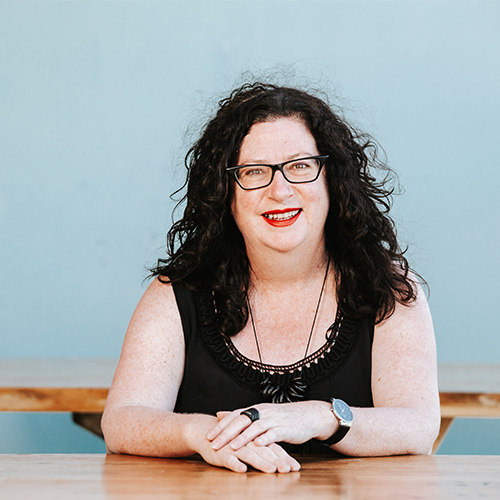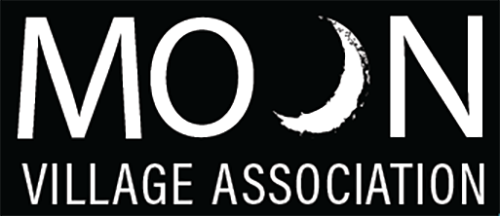Deprecated: strpos(): Passing null to parameter #1 ($haystack) of type string is deprecated in /var/www/dev.brb.rs/moonvillageassociation.org/wp-content/themes/blocksy/inc/components/blocks/blocks-fallback.php on line 16
Deprecated: strpos(): Passing null to parameter #1 ($haystack) of type string is deprecated in /var/www/dev.brb.rs/moonvillageassociation.org/wp-content/themes/blocksy/inc/components/blocks/blocks-fallback.php on line 16
Deprecated: strpos(): Passing null to parameter #1 ($haystack) of type string is deprecated in /var/www/dev.brb.rs/moonvillageassociation.org/wp-content/themes/blocksy/inc/components/blocks/blocks-fallback.php on line 16

Alice Gorman
Vice-Chair, Academia
Dr Alice Gorman is an internationally recognised leader in the field of space archaeology and author of the award-winning book Dr Space Junk vs the Universe: Archaeology and the Future (MIT Press, 2019). Her research focuses on the archaeology and heritage of space exploration, including space junk, planetary landing sites, off-earth mining, and space habitats. She has conducted research on the impacts of lunar dust on heritage materials, and the natural heritage values of the Permanently Shadowed Regions of the lunar poles. She was also a contributor to the 2020 Vancouver Recommendations on Space Mining. Gorman is an Associate Professor at Flinders University in Adelaide and a heritage consultant with over 25 years’ experience working with Indigenous communities in Australia. In collaboration with NASA and Chapman University, she is part of a team conducting the first archaeological study of the International Space Station. Gorman is a longstanding member of the Advisory Council of the Space Industry Association of Australia and served as Co-Deputy Chair from 2017- 2019. She is currently a mentor in the UN Office of Outer Space Affairs Space4Women Network. She is well-known for her science communication and popular writings about space. Her blog Space Age Archaeology has been archived by the National Library of Australia as a significant scientific publication.
